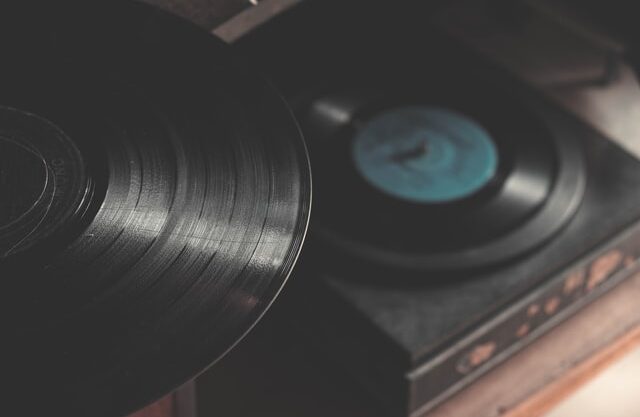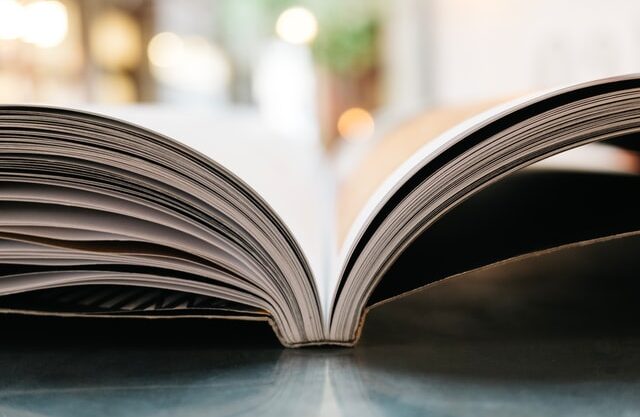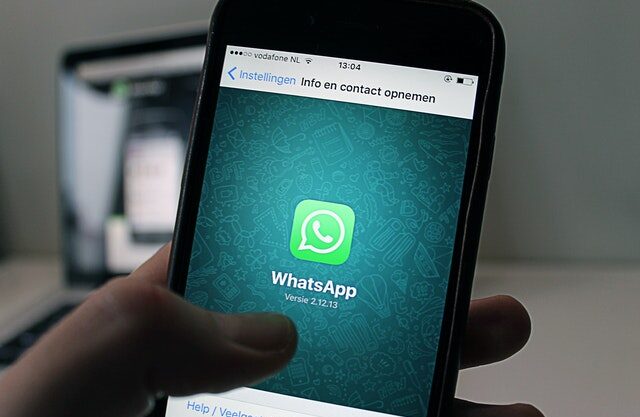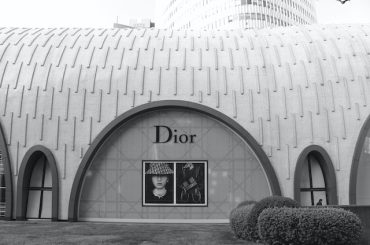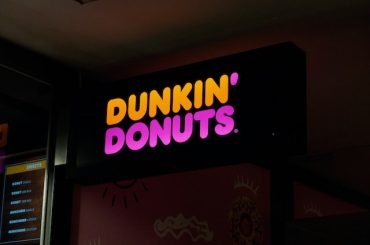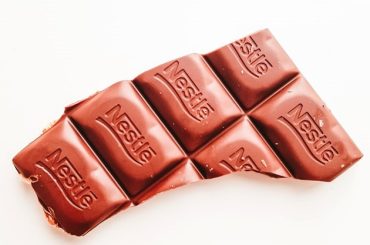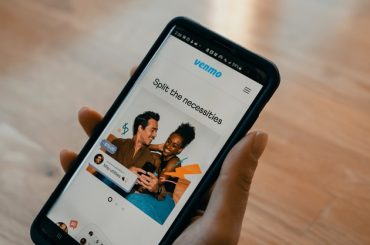When I launched Artpillz.in—a marketplace for connecting musicians and clients, I understood that the current music industry is completely unorganized and needed reforms. For eg., artists were being treated as a commodity, and not getting the right gigs.
The second problem I faced was from brands. And I converted that to an opportunity— brands were only dependent on the ‘visual’ side of their brand imagery. A very few brands were exploring the other human senses, and especially ‘aural’ sense at that.
This was the insight we took up to the drawing board and launched Artpillz Productions. Artpillz is a platform for your brand to get an aural identity through brand jingle, brand anthem, or song.
Although the use of jingles or brand song is not new, it is surprising how only a handful of brands leverage music as a strategic marketing tool. Let us first understand the potential of sounds and music in helping brands to have a Top Of the Mind Recall (TOMR) or add to their image.
Read: What advertising strategy made TITAN an iconic watch brand?
The psychology of a jingle
A jingle is really an answer to the question: what would my brand be if it were a sound?
In other words, it is representing the brand on airwaves, instead of printing it on a canvas. Humans have 5 senses. But ‘Hearing’ is seldom used to invoke brand. It is 300% more potent than visual, which roughly translates to 3x better TOMR and Brand Equity.
This is the reason that we see young children reading out loud when they want to memorize some text. The hearing of words enhances the recall potential of the text being read.
Rarely brands use the remaining 3 senses. One such brand which uses olfactory (smell) sense as its brand identity is Starbucks. You can smell the same aroma in every store.
Read: What is Scent Branding? Invisible yet most effective.
It has been proven that music activates many centres in the brain, including the emotional ones. Not just the most active, but also the subconscious part of the brain is triggered by a pleasant or an interesting sound.
A jingle, in essence, cuts through the noise and makes space in our minds. It involuntarily forces the mind to create imagery, if it is catchy and made well. Our brains automatically start to synchronize with the beat and predict the next one. This happens in the subconscious.
Moreover, A jingle doesn’t keep the listener guessing. It is not meant to be complex, like classical music. It is an aid for Target Group to easily place the brand in their minds and recall the same at the slightest nudge— after listening to the first few notes! The best jingles are the ones that become an earworm, the ones you cannot get out of your heads.
Marketing Message through Jingle Music
A jingle is nothing but an assonant musical piece that can evoke the brand’s qualities when heard. Just like a logo, a jingle is also an asset. Just like how an identity element isn’t supposed to be changed or tweaked constantly, so is a jingle.
Brands have used their jingles for decades, with slight tweaks over time. For eg, Bajaj, Vicco (Vajradanti & Turmeric brands), Amul, and Nirma still use their decades-old jingle/song on all marketing channels. Most importantly this shows that over the long term the jingle is an inexpensive marketing investment with a high long-term RoI.
Each of the jingles of the brands just mentioned is a case study in itself and should be studied by every marketing student. They are gold standards for how to clearly position a brand (“vicco Turmeric, nahi cosmetic”), to creating a sense of community and liking (“Hamara Bajaj”, “Sabki pasand Nirma”).
It is difficult to reinforce facts like these in the print, and hence giving a catchy tune is important to get the message into the minds of Target Group. Customers’ experience & perceptions about the product are enhanced by the use of appropriate music which can consciously evoke a feeling of connectedness. Simply put, a good jingle with a simple CTA invokes the desired action.
Some jingles are only a few seconds long but still bring the brand to fore, for e.g., I don’t even need to mention the name of the brand which owns this jingle: “tin-tin- ti-ding”.
Another example is the unique notification like sound “dha-dum” of Netflix.
![]() Jingle Music in Marketing:
Jingle Music in Marketing:
Jingles can be used across the marketing-mix to enhance Product and service perception. Most notably, the use of music can be incorporated into various aspects of marketing. Namely, segmentation, targeting positioning strategy, branding, brand identity, and differentiation of a product.
If it is utilized in these areas, it can greatly contribute to the desired consumers’ view of a product or service. The choice of music that a brand utilizes can be used to focus selectively on a particular group or class of potential consumers.
Read: How Spotify Premium is so successful in getting users?
Music should be consistent and help the organizations build their product positioning because it has an immense influence on how a brand is perceived. The brand identity of a company can be strongly influenced by the music choice, as it tells a lot about the company and the mood they wish to create. It can be used to accentuate specific feelings of premiumness, calmness, happiness, elegance, or any other desired feeling in the specific target groups.
Marketing Factors influencing jingle music
A jingle is influenced by multiple factors.
The choice of musical instruments: It is difficult to create a product that carries sufficient appeal by itself. Hence, in order to appeal to deeper allegiances, marketers try to find a cultural link with the product. Cultures have a different set of instruments that can also heavily influence the jingle.
Target Group (TG): The attention span of the younger generation is very low, typically 10-15 secs. And it is reducing, as is evident from the reduction of seconds in an Instagram story from the 30s to 15s. As a result, a jingle is the best fit for such an attention span. This is a paradigm shift in consumer behavior with the advent of so much content. TG also influences the choice of music.
Values: Just like brand colors which invoke different values and qualities like aggression (red), trust (blue), etc, the genre of a jingle is also dependent on the values and general mood the brand is trying to evoke: rock, classical, rap refers to a rebellious, calm, and hip mood, respectively.
Message: Can have a slogan, brand windows, tune, repetition, reason-to-believe statements, functional/emotional appeal, and a CTA delivered with music that is coherent and a pleasant voiceover.
In conclusion, a good jingle can thus be a life-saver for a brand and for business, as it can revive a renewed interest in the product as well as can act as a growth catalyst for a new entrant.
I will end this story with a jingle created by the legendary musician AR Rehman for India’s once biggest telecom service provider Airtel. With just the first few seconds of the jingle, the entire country of 1.3 billion can recognize the brand. Now that’s the power of Music Marketing I was talking about.
Interested in reading more Marketing Strategy Stories? Check out our collection.
Also check out our most loved stories below

IKEA- The new master of Glocalization in India?
IKEA is a global giant. But for India the brand modified its business strategies. The adaptation strategy by a global brand is called Glocalization

How Bata became India’s household name despite being a classy international brand?
Bata is not an Indian brand. It is as international as it can be. But what strategies made it India’s highest selling footwear brand?

Nike doesn’t sell shoes. It sells an idea!!
Nike has built one of the most powerful brands in the world through its benefit based marketing strategy. What is this strategy and how Nike has used it?

Domino’s is not a pizza delivery company. What is it then?
How one step towards digital transformation completely changed the brand perception of Domino’s from a pizza delivery company to a technology company?

